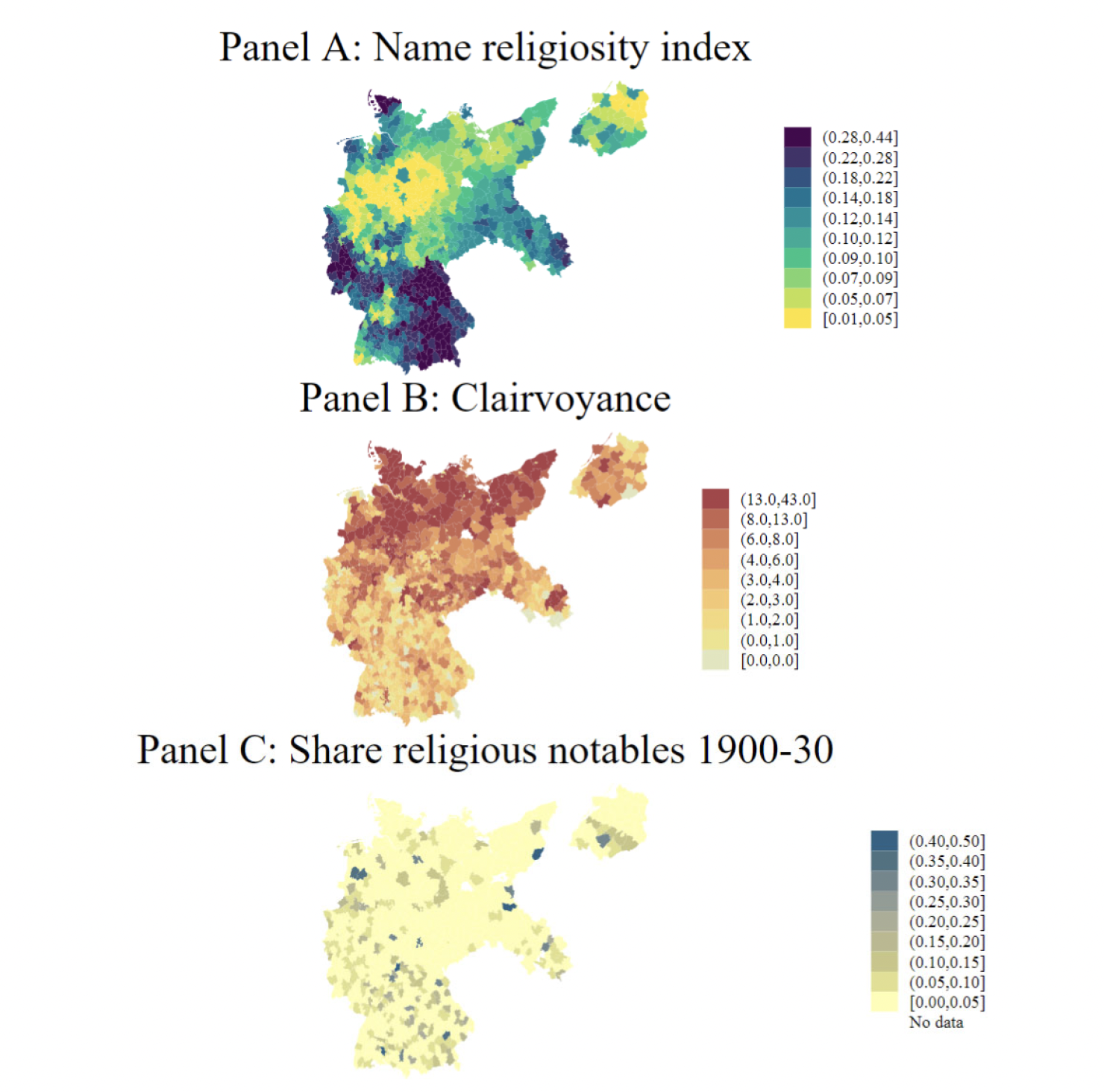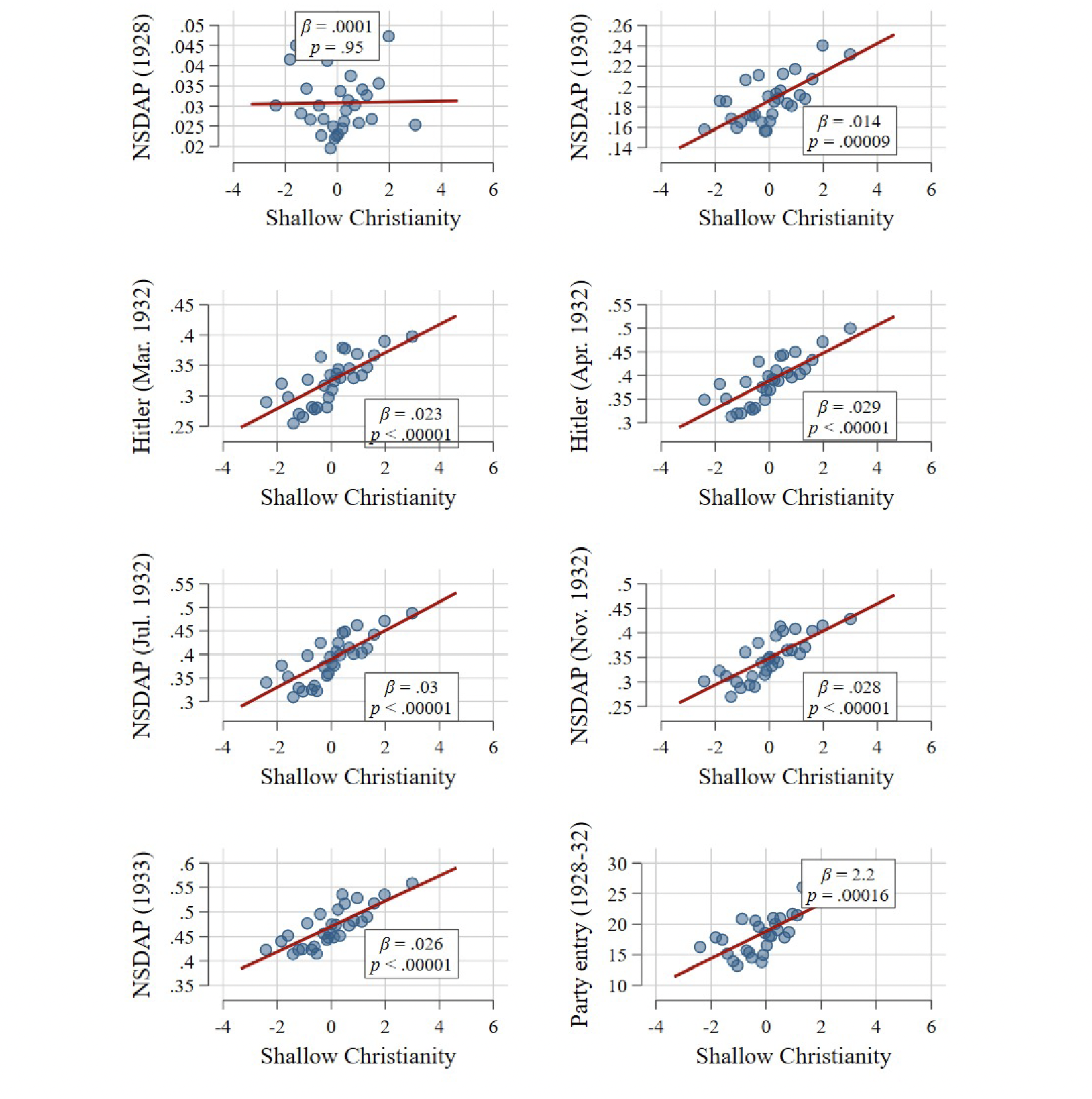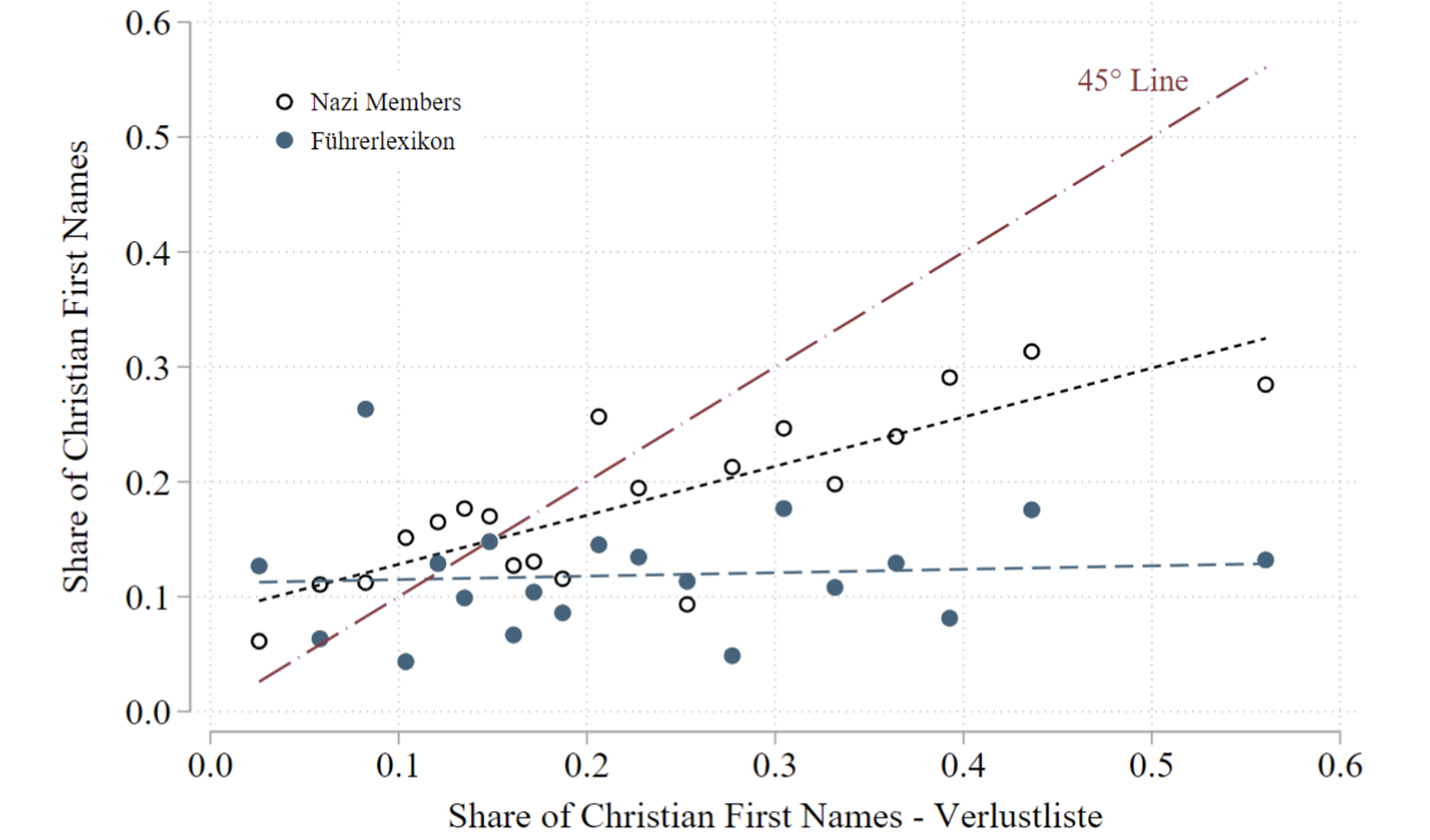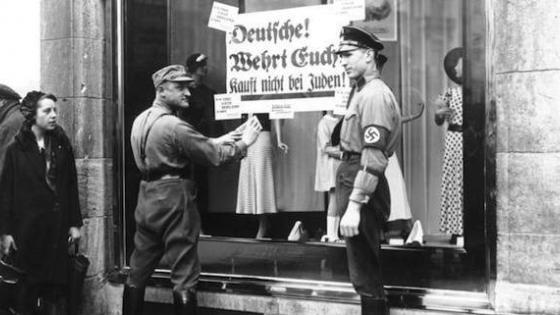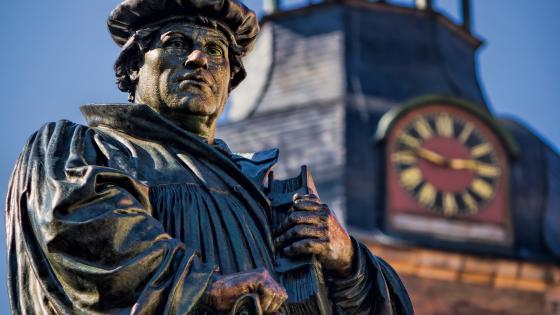From the earliest days of man, religion has been one of the great constants of life. After the enlightenment, religious belief began to decline. Over time, societies become increasingly secularised; organised religion, with near-universal membership in churches, started to show cracks. A lack of deep-rooted religiosity had already been apparent in many areas for centuries. Martin Luther wrote despairingly that the “common man, especially in the villages, knows absolutely nothing about Christian doctrine; indeed, many pastors are in effect unfit and incompetent to teach. Yet they are all called Christians”. By the late 19th century, many figures who had never believed shared their views publicly. Famously, Friedrich Nietzsche declared in 1882 that “God is Dead”. Still, spiritual needs have not disappeared, and what will satisfy those needs in an increasingly secularised age is an open question. The English writer and theologian C. S. Lewis argued in 1943 that “[s]piritual nature, like bodily nature, will be served; deny it food and it will gobble poison”. Can a radical political movement and authoritarian ideology serve as a ‘substitute religion’?
The Nazis’ rise to power is a key turning point of 20th century history, and has been the focus of intense social science research for decades (e.g. Abel 1938, Loomis and Beegle 1946). Hitler’s success was associated with anti-Semitism (Voigtländer and Voth 2012), the 1931 banking crisis (Doerr et al. 2019, 2022), and the density of clubs and associations (Satyanath et al. 2017). Important earlier work by Spenkuch and Tilman (2018) showed that Protestants were much more likely to support the Nazi Party, suggesting that religion plays an important role.
In a recent paper (Becker and Voth 2023), we examine whether ‘shallow’ Christianity – a lack of deep-rooted Christian beliefs – made Germans more susceptible to the Nazi Party message during the 1930s. Germans first converted to Christianity during the Roman Empire, when it was a grassroots movement. In other parts of Germany, Christianity arrived up to 1,000 years later. There, conversion was often by the sword, with authorities forcing subjects to change their faith. Did the shallowness of their religious beliefs make voters susceptible to the Nazi message?
We find that where Christianity had arrived late in Germany and never developed deep roots, people readily turned to new idols, faiths, and saviours. The Nazi party used religion-inspired imagery, rites, and language on a grand scale. Its party congresses were held in “cathedrals of light” created by batteries of flak lights; it sanctified flags with “blood banners” soaked in the blood of the movement’s fallen “martyrs”. Hitler ended many of his speeches with “amen”. Crucially, Hitler was cast as the Führer: endowed with supernatural, superhuman powers, Germany’s “redeemer” would “resurrect” it from the shame and impotence of Versailles. For all these reasons, it is no surprise that political scientists such as Walter Lacquer (1962) concluded that “choosing Hitler was not an act of political decision, not the choice of a known programme or ideology; it was simply joining a quasi-religious mass movement as an act of faith”.
To test this idea empirically, we first compile an index of shallow Christianity in interwar Germany. We use three measures: the share of religious first names, the prevalence of superstitious beliefs, and the share of local notables in religious office. Names have long been used as indicators of parental beliefs and preferences. Pagan practices such as a belief in clairvoyance – people who can see what the future will bring – run counter to the teachings of the Christian church, and the selection of elite human capital into religious organisations reflects the importance of religion at the local level. Figure 1 shows these three measures of religiosity. There is rich variation in each measure, and the maps reflect aggregate variation – North to South and East to West – as well as differences at the local level. Interestingly, all three indicators are strongly correlated with each other, suggesting that a deeper, underlying factor – shallow Christianity – is driving these outcomes.
Figure 1 Measures of shallow Christianity in interwar Germany
Note: Panel A shows first-name religiosity name index within counties. Panel B displays our measure of beliefs in clairvoyance. Panel C shows the share of religious individuals among a county’s notable residents.
Source: Becker and Voth (2023), Figure 1.
We extract this common factor from the data and use it as an explanatory variable for Nazi support. Figure 2 shows binscatters of shallow Christianity against seven measures of Nazi voting as well as party entry rates. With the exception of the 1928 election, when the party failed to gain a mass following (polling a disappointing 2.8% of the vote), shallow Christianity is a strong predictor of Nazi support in every single measure.
Figure 2 Nazi support and shallow Christianity
Note: Each graph shows a binscatter of a measure of Nazi support and shallow Christianity.
Source: Becker and Voth (2023), Figure A.2.
We also know that shallow Christianity is strongly associated with the adoption of Protestantism (Spenkuch and Tillmann 2018). This makes it a bad control for our purposes. To show that our results go above and beyond the effect of Protestantism, we do two things. First, we show that even within the Protestant heartland – within 200km of Wittenberg, where 92% of Germans were Protestant in the interwar period – variation in shallow Christianity predicts Nazi support.
Second, we go back and examine deep-rooted drivers of shallow Christianity that pre-date the arrival of the Reformation. In particular, we use distances to medieval monasteries – important drivers of Christianisation – and to sites of pagan worship to identify shallow Christianity. Pagan rituals were carried out at hundreds of sites all over Germany, for thousands of years before the arrival of Christianity. We geolocate such sites, from Stonehenge-like arrangements of stones to moors where (human) sacrifices took place. In interwar Germany, the closer a place was to such ancient sites of pagan worship, and the further away from a medieval monastery, the more shallow Christianity was, as reflected in naming patterns, superstition, and occupational choices.
When we use the part of the variation in shallow Christianity driven by such deep-rooted factors to explain Nazi support, we find strong effects. Where Christianity had arrived late in Germany and never developed deep roots, people readily turned to new idols, faiths, and saviours – whether in the form of Luther or the Nazi Party.
Interestingly, the effect of religiosity on Nazi support is even visible at the individual level. Many things vary from one location to the next. We examine the first names of ordinary citizens, of Nazi Party members, and of leading members of the party in each location in our dataset. Figure 3 gives an overview: the share of Christian first names predicts Nazi member names, but the latter are almost always less religious than people in the same location, and party leaders are the least religious of all.
Political economy has made great strides using rational choice explanations for political phenomena. Political transitions from autocracy to democracy are typically rationalised as commitments to redistribution (Acemoglu and Robinson 2000), or as the result of internal elite struggles (Lizzeri and Persico 2004). But how do we explain the opposite? Why do voters support a transition from democracy to an authoritarian movement that openly plans to curtail their rights and freedoms?
Figure 3 Share of Christian first names: county-level, general population, Nazi members, Nazi leaders
Note: The graph shows two binscatters – the share of first names with Christian origins among Nazi party members (open dots) and Nazi leaders (blue dots) as a function of naming practices in the population at large in their places of birth (x-axis).
Source: Becker and Voth (2023), Figure 8.
In our paper, we take seriously the notion that “man does not live from bread alone”. Humans have spiritual and communal needs, desire a purpose, and want to see that their efforts are rewarded with meaning as much as money and goods. We demonstrate that, where traditional religion failed to provide spiritual “sustenance”, citizens began to “gobble poison”, in C. S. Lewis’s phrase: falling for the siren song of the Nazi Party and its quasi-religious message, promising to redeem Germany under the guidance of a leader with extraordinary, seemingly supernatural powers – Adolf Hitler.
References
Abel, T (1938), Why Hitler Came into Power: An Answer Based on the Original Life Stories of 600 of His Followers, Prentice-Hall.
Acemoglu, D and J A Robinson (2000), “Why Did the West Extend the Franchise? Democracy, Inequality, and Growth in Historical Perspective”, Quarterly Journal of Economics 115(4): 1167–99.
Becker, S O and H-J Voth (2023), “From the Death of God to the Rise of Hitler”, CEPR Discusssion Paper 18543.
Doerr, S, S Gissler, J-L Peydro and Hans-Joachim Voth (2019), “How failing banks paved Hitler’s path to power: Financial crisis and right-wing extremism in Germany, 1931-33”, VoxEU.org, 15 March.
Doerr, S, S Gissler, J-L Peydro and Hans-Joachim Voth (2022), “Financial Crises and Political Radicalization: How Failing Banks Paved Hitler’s Path to Power”, Journal of Finance 77(6): 3339–72.
Laqueur, W (1962), Young Germany: A History of the German Youth Movement, New York: Basic Books.
Lewis, C S (1943), “Equality”, The Spectator, 27 August, page 8.
Lizzeri, A and N Persico (2004), “Why Did the Elites Extend the Suffrage? Democracy and the Scope of Government, with an Application to Britain’s ‘Age of Reform’”, Quarterly Journal of Economics 119(2): 707–65.
Loomis, C P and J A Beegle (1946), “The Spread of German Nazism in Rural Areas”, American Sociological Review 11(6): 724–34.
Nietzsche, F (1882), The Gay Science (German: Die fröhliche Wissenschaft), section 108.
Satyanath, S, N Voigtländer and H-J Voth (2017), “Bowling for Fascism: Social Capital and the Rise of the Nazi Party”, Journal of Political Economy 125(2): 478–526.
Spenkuch, J L and P Tillmann (2018), “Elite Influence? Religion and the Electoral Success of the Nazis”, American Journal of Political Science 62(1): 19–36.
Voigtländer, N and H-J Voth (2012), “Persecution Perpetuated: The Medieval Origins of Anti-Semitic Violence in Nazi Germany”, Quarterly Journal of Economics 127(3): 1339–92

